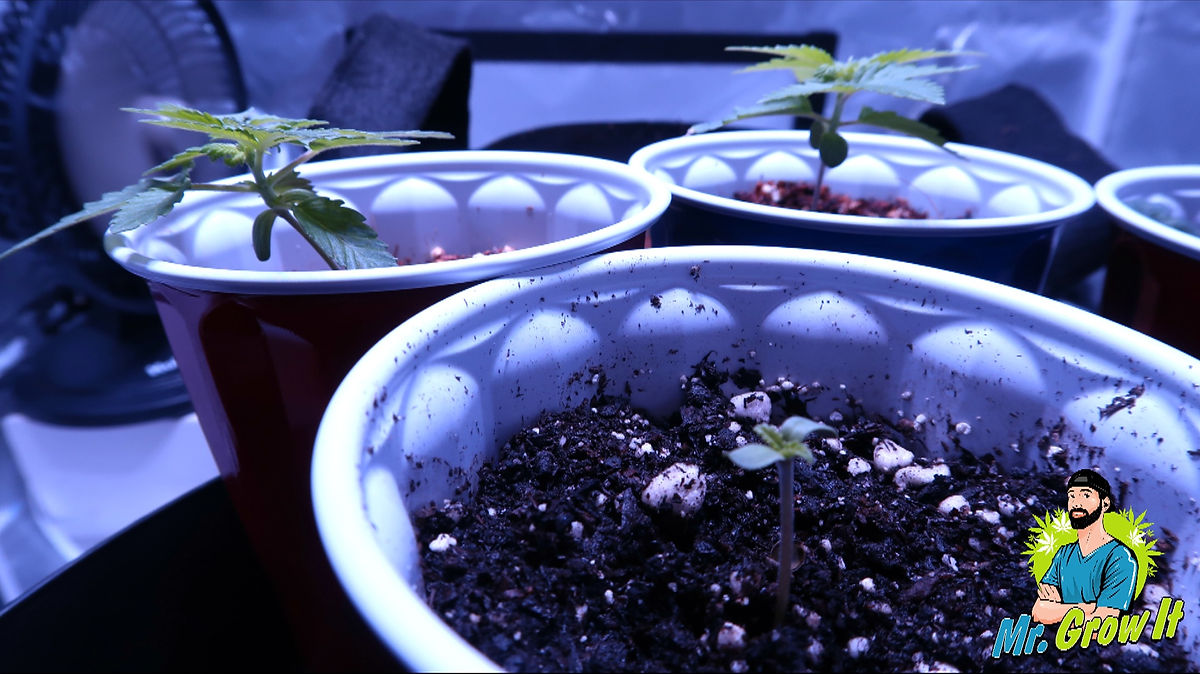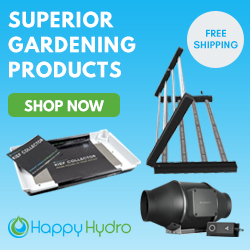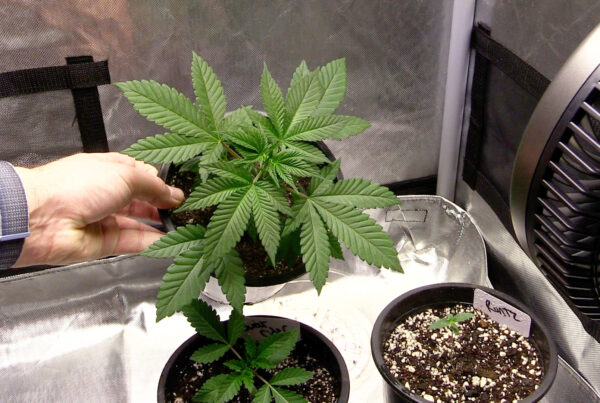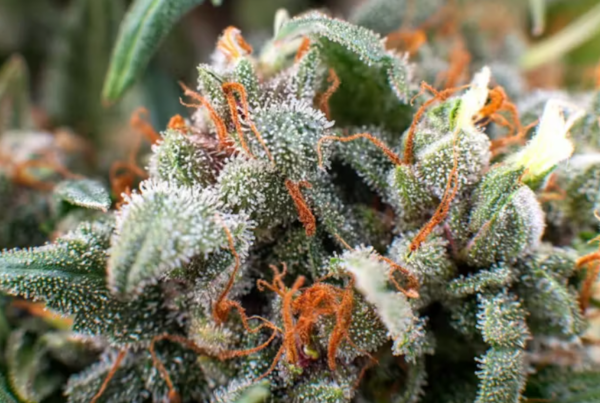I’ve taught countless growers how to cultivate cannabis over the years, and one of the most common questions I get from beginners is, “Where do I even start?” With the flood of information out there, it can be overwhelming to know what to focus on first.
The first two steps to growing cannabis successfully are: (1) choosing the right grow space and (2) studying the cultivation process. Unfortunately, many new growers skip these foundational steps, leading to costly mistakes, wasted time, and often disappointing results.

Step 1: Choose the Right Grow Space
Outdoor Growing: If you plan to grow cannabis outdoors, you’ll need at least six months of warm, sunny weather ahead. The spot should be secure, private, and legal to grow in. Access to clean water is essential, and keep in mind you’ll be visiting the site regularly to care for your plants.
Indoor Growing: If you’re growing indoors, choose a clean, carpet-free space with a few available electrical outlets and proper air ventilation. Good airflow is vital to prevent mold, pests, and weak plant development. Many growers use grow tents, which are affordable and designed specifically for indoor cannabis cultivation. Also, access to a nearby water source will make your routine much easier.
Growing in a closet without ventilation is possible, but it often leads to poor-quality yields. Ventilation helps control temperature and humidity, which are crucial factors in cannabis health and productivity.

Step 2: Study the Growing Process
The internet contains a vast amount of cannabis cultivation information, but much of it is disorganized or unreliable. Forums can be helpful but are often filled with conflicting advice or misinformation.
Books are your best bet for structured, reliable information. I recommend:
- “7 Steps to Grow Cannabis” by Mr. Grow It (yes, that’s me!). This beginner-friendly guide walks you through equipment selection, seed starting, plant stages, nutrient schedules, common plant problems, and more—all with helpful illustrations and under 140 pages.
- “The Cannabis Grow Bible” by Greg Green is a more technical, science-based resource. It’s excellent for those who want to go deeper, though it can be overwhelming for total beginners.
As you read, start listing the equipment and supplies you’ll need. This will make shopping and setup much smoother when you’re ready to begin.

The Life Cycle of a Cannabis Plant
Understanding the cannabis life cycle is crucial for timing, care, and expectations. There are four main phases:
1. Germination
This phase begins when the seed cracks open and a taproot emerges. Common germination methods include the paper towel method, seedling plugs, and direct planting. Ideal germination temperatures range from 70-80°F (21-27°C), and it usually takes 1 to 5 days.
2. Seedling Stage
Once the seed sprouts, it enters the seedling phase. The plant grows embryonic leaves (cotyledons) followed by the first set of true cannabis leaves. At this stage, seedlings require high humidity (65-70%) and gentle light—18 hours a day is standard. Avoid overwatering, and do not add nutrients if you’re using a soil with preloaded nutrients.
3. Vegetative Stage
This is when the plant focuses on foliage and root development. It grows taller, stronger, and bushier. The leaves develop more fingers (blades), and the plant starts to establish its structure. Keep the light cycle at 18/6 (light/dark) and provide vegetative nutrients rich in nitrogen. This stage can last 2 to 8 weeks or longer, depending on your goals.

4. Flowering Stage
To initiate flowering in photoperiod strains, reduce the light cycle to 12/12. Autoflowers will begin flowering on their own after about 3-5 weeks. During this stage, plants will stretch, form buds, and develop trichomes. Use a nutrient mix high in phosphorus and potassium. Flowering typically lasts 7-10 weeks, depending on the strain.
Toward the end of flowering, pistils darken and trichomes shift from clear to milky or amber—a sign that it’s time to harvest. After harvest, buds are dried, trimmed, and cured to enhance flavor, potency, and smoothness.

Understanding Cannabis Types
Cannabis Sativa
Tall, thin plants with narrow leaves. Originating near the equator, sativa strains are known for their energizing, cerebral effects, making them popular for daytime use.
Cannabis Indica
Shorter, bushier plants with broad leaves. Indica strains tend to have relaxing, sedative effects, ideal for evening use or managing pain and insomnia.
Cannabis Ruderalis
A lesser-known species, ruderalis is a small, hardy plant native to Central Asia and Eastern Europe. While low in THC, its ability to flower based on age rather than light cycle led to the development of autoflowering strains, which are great for beginners.
Most modern cannabis strains are hybrids, blending traits from sativa and indica for a balanced or targeted experience.

Essential Growing Tips for Beginners
- Start small: One or two plants is enough to learn the basics without feeling overwhelmed.
- Invest in good lighting: Poor lighting leads to poor yields. Full-spectrum LEDs are a solid choice.
- Use quality soil or coco coir: Avoid low-grade, compacted soils. Choose something light, airy, and well-draining.
- pH matters: Keep the pH around 6.0-7.0 for soil and 5.5-6.5 for coco/hydro.
- Track your progress: Use a journal to monitor your watering, feeding, and plant growth. This helps with troubleshooting later.
- Patience is key: Resist the urge to overwater, overfeed, or harvest too early.

Final Thoughts
Growing cannabis can be one of the most rewarding hobbies you take on. With the right knowledge, preparation, and patience, you’ll be well on your way to growing healthy, potent plants at home. Start with a good grow space, educate yourself with trusted resources, and take things one step at a time. Happy growing!
Looking for quality seeds to get started? Here’s the seed bank I recommend.
![]()








